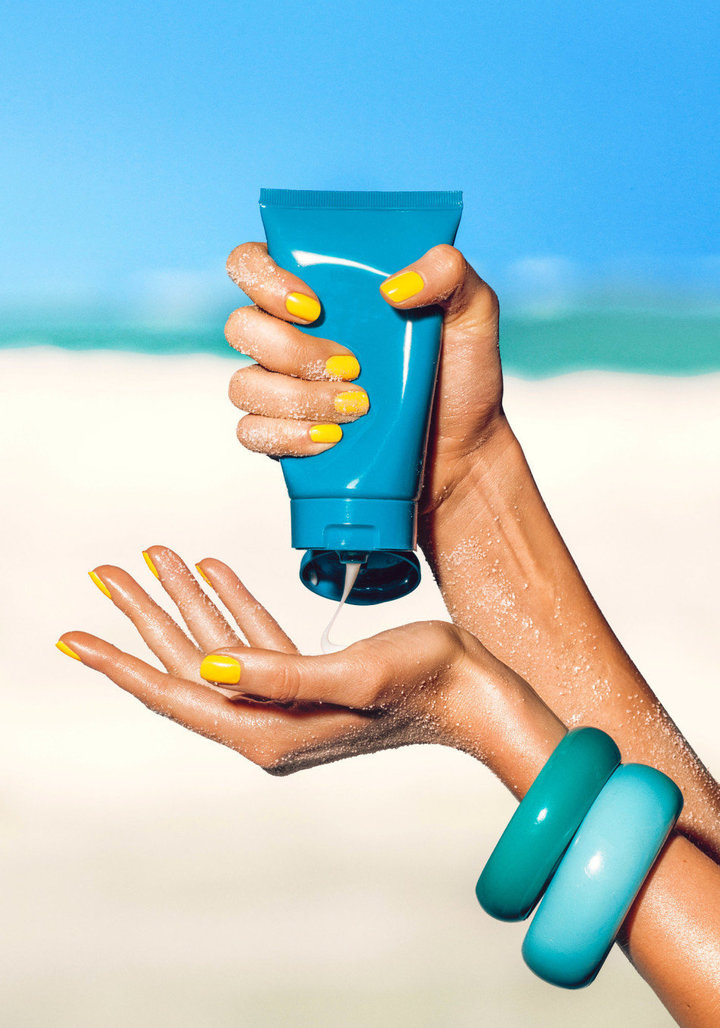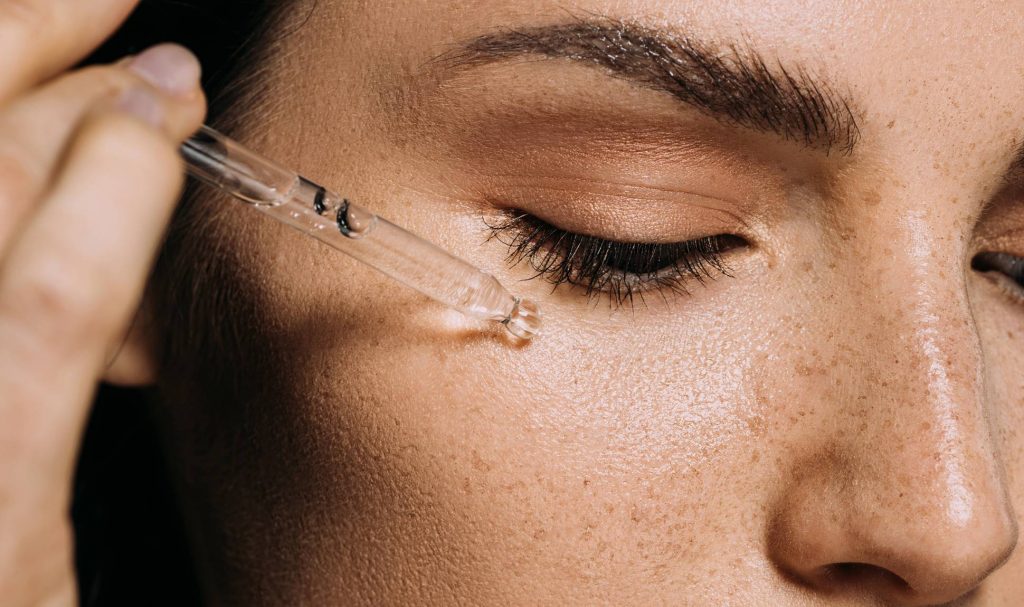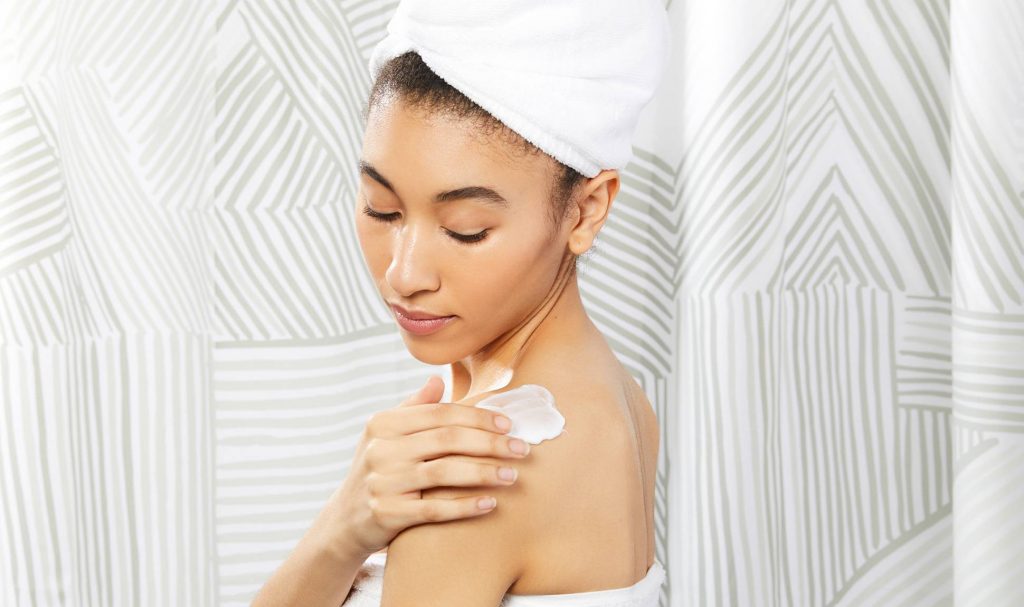1. MYTH: Every sunscreen works the same way, so it doesn’t matter what formula you use.
FACT: Chemical sunscreens (avobenzone, oxybenzone, etc.) work by absorbing damaging rays; physical sunscreens (zinc oxide, titanium dioxide) reflect them. Some sunscreens combine both chemical and physical ingredients for more complete protection. If your skin is sensitive, it’s best to use a physical sunscreen, which is less likely to cause irritation.
2. MYTH: For thorough coverage on your face, you need a quarter-size dollop of sunscreen.
FACT: Actually, you probably need just a nickel’s worth. For your entire body, use enough to fill a shot glass. And don’t forget to reapply every two hours.
3. MYTH: You should apply sunscreen the moment you hit the beach.
FACT: You’re getting sun exposure as soon as you walk outside, so slather on sunscreen about a half hour before leaving the house to give the skin time to absorb it.
4. MYTH: All sunscreens are effective against damaging UVA and UVB rays.
FACT: Only sunscreens labeled broad-spectrum protect against both types. Though UVB rays are the ones that give you sunburn, UVA cause skin aging, and both can increase your risk for skin cancer.
5. MYTH: You can get sunburned through a car window.
FACT: Glass effectively blocks UVB rays, so you won’t burn— but you still need sunscreen to protect against UVA.

6. MYTH: If you use sunscreen correctly, you’ll be totally protected.
FACT: No sunscreen blocks UVA and UVB rays completely (in 2011, the FDA ruled that the lotions must be called sunscreens rather than sunblocks). That’s why it’s important to wear protective clothing and avoid exposure between 10 a.m. and 2 p.m., when the sun is strongest.
7. MYTH: If you have olive or darker skin or tan easily, you don’t need sunscreen unless you plan to be outside for hours.
FACT: All skin tones need daily protection. If you’re a person of color, you’re less susceptible to UV damage because you have more pigment, called melanin, but you can still develop skin cancer. And you’re at higher risk for a deadlier kind of melanoma that typically appears on the palms of the hands, nail beds, and soles of the feet.
8. MYTH: SPF 100 is twice as effective as SPF 50.
FACT: SPF 50 screens 98 percent of UVB rays; SPF 100 screens 99 percent, so the advantage is minimal. In either case, don’t let a high SPF lull you into a false sense of security about exposure. UVA rays (for which SPF measurement is less reliable) may not burn the skin, but like UVB, they do cause damaging radiation. The American Academy of Dermatology recommends a broad-spectrum sunscreen with an SPF of at least 30.
9. MYTH: Using a self-tanner is a good way to boost sun protection.
FACT: Unless there’s an SPF on the label, self-tanner gives you no sun protection (nor does the fake color, in case you were thinking a tan prevents sunburn).
10. MYTH: Most sun damage is caused by exposure during your childhood and teenage years.
FACT: The harm is cumulative; only about 23 percent of your lifetime exposure occurs before you turn 18, according to the Skin Cancer Foundation. We kid you not.




